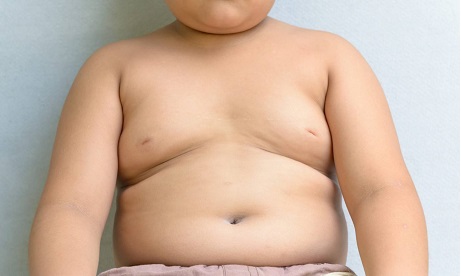Despite the Ardern government’s stated child poverty focus, more and more of New Zealand’s children, particularly Māori and Pacific children, are suffering.
In the face of miserable outcomes in relation to child poverty, obesity, suicide and basic education, the Prime Minister remains upbeat about her government’s efforts to date.
“You would be hard pressed to find a government that has done more to focus on child poverty in the last several decades than everything we’ve been working on,” Jacinda Ardern says.
The government has increased benefits and tax credits and other changes to the welfare system, she says.
Yet despite Ardern’s child poverty focus, life for New Zealand children compares poorly with that of children from almost every OECD country, the United Nations Children’s Emergency Fund (UNICEF) has found.
Describing New Zealand children’s education, obesity and suicide trends as ‘deeply embedded and terrifying’, UNICEF NZ is calling for significant investment and policy change.
Out of 41 EU and OECD countries, UNICEF ranked New Zealand 35th in child wellbeing outcomes. New Zealand children have the second highest obesity rate in the OECD. Over a third are obese or overweight. Only 64.6 percent of 15 year-olds in New Zealand have basic proficiency in reading and maths.
“The Report Card gives New Zealand an F for failure when it comes to wellbeing outcomes for children,” UNICEF says.
UNICEF New Zealand says these poor grades show New Zealand is failing its children.
“This is a woeful result for a country that prides itself on the great outdoors, academic achievement and the international success of our sports teams. It is time to be alarmed and activated about the inequality of opportunity, health and wellbeing in NZ.”
New Zealand’s Child Poverty Action Group (CPAG) has also just released research showing child poverty in New Zealand is soaring.
CPAG found that in the year to March since the nationwide lockdown, many more whānau have been doing it tough, with Māori and Pacific people the hardest hit.
Its modelling shows 18,000 more children have likely ended up in poverty in the 12 months to March 2021, even without taking into account the rising cost of housing.
Of these, tamariki Māori and Pacific children were up to three times more likely than Pākehā children to be tipped into poverty.
CPAG says the government did not give children and their families the prioritisation they needed as it developed policy responses to the pandemic.
“It is thanks to the collective efforts of iwi, hapū, community organisations, schools, whānau and families – and low-income children themselves – that the crisis of poverty was not even worse.
“Income loss due to job loss was probably inevitable due to Covid-19, but income loss to the point of inadequacy is due to our inadequate welfare system.”
In Ardern’s view, however, the government acted on its awareness as soon as Covid hit that vulnerable families would be among the worst hit economically. She says this is why support was rolled out in benefit increases.
Source
Additional readingNews category: New Zealand.




